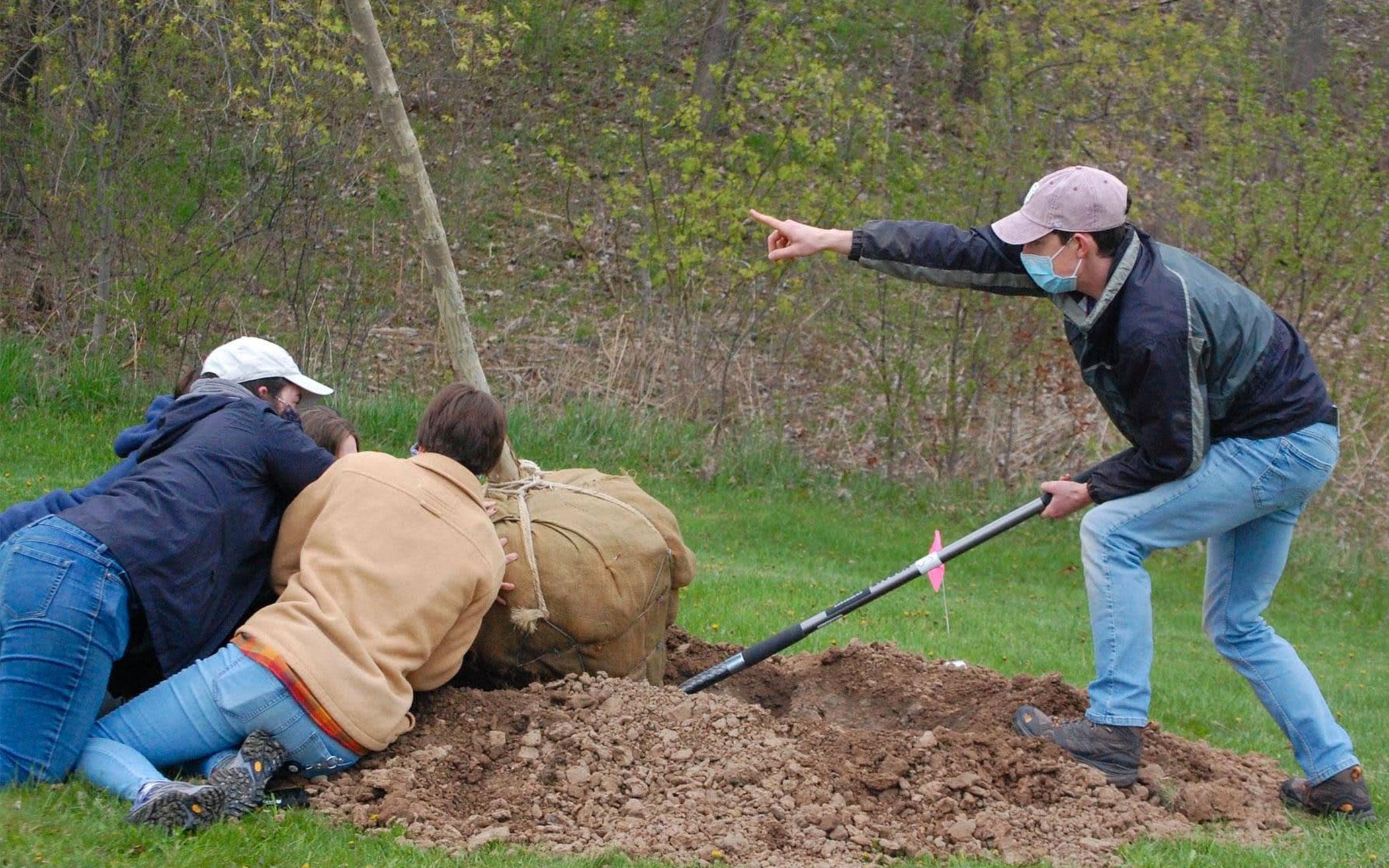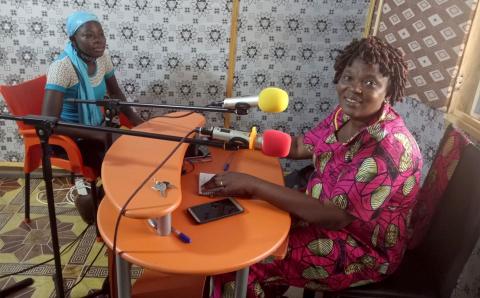When Sunday worship ends, a congregation’s property continues to be a physical expression of Christianity to the surrounding community. How can we “let the light shine” even after the service is over?
Members of the Climate Witness Project say that a first step in this direction is to adopt a stewardship mindset. When we think as stewards, church property becomes more than a private investment for the good of the congregation. It can also be viewed as an opportunity for public good.
For example, a congregation could demonstrate the value of creation care by reducing its carbon footprint and investing in sustainable practices. Consider Campus Chapel, a student ministry at the University of Michigan. It installed solar panels to reduce its dependence on fossil fuels. The ministry knew this was an important way to be more ecologically sustainable, but the decision went beyond clean energy production. Ministry leaders explained that care for creation was part of their Christian witness to students.
Similarly, in Grand Rapids, Mich., Church of the Servant incorporates stewardship principles in its energy use and landscaping choices. The congregation uses plants native to the area to minimize water use and to provide a habitat for wildlife. To decrease energy use, church members also installed a white thermoplastic roof and switched to energy-efficient light bulbs.
Congregations can do much more than invest in sustainable practices. A study from the University of Pennsylvania found the average urban church contributes $1.7 million in value to its community each year through programs and outreach. One way to multiply this value is to use church grounds for community care.
Some Climate Witness Project partner churches have done this by focusing on local food production. Covenant CRC in Appleton, Wisc., for example, decided to convert an unused portion of its land into a community garden as part of a city program. It has become a valued asset in the neighborhood.
“There are 12 available plots, and only two of us from the church are using them. The rest are being cultivated by neighbors,” shared Gail Miller, the garden’s founder.
The church also added an uncommon feature: raised gardening beds and plastic mats to improve accessibility. “This has made gardening accessible for a neighbor in a wheelchair, as well as an older gentleman that finds the raised bed easier to use,” Miller said.
Psalm 24:1 reminds us, “The earth is the Lord’s, and everything in it, the world, and all who live in it.” In other words, God is the true owner of the land on which our churches were built. When we use these spaces for community good, we act as faithful stewards of the land and buildings entrusted to us.
About the Author
Victoria Veenstra







